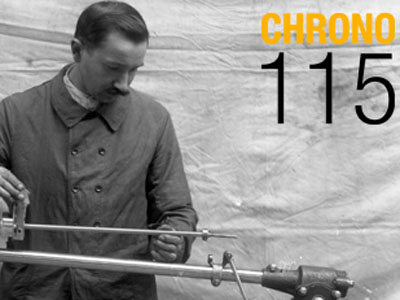

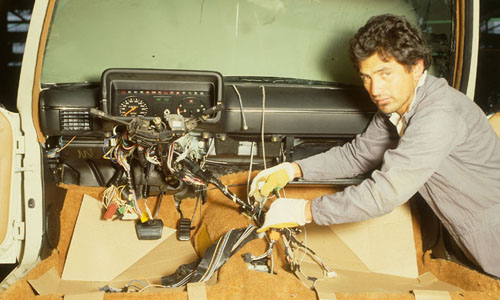
Learning the gestures…
In 1906 Louis Renault said that his new cars would be “absolutely perfect from all points of view”. Taylor-style work organisation at Renault plants gave supervisors a vital role in preparing and monitoring operations. Special emphasis was put on their training, but the apprentices also had plenty to learn. Renault’s Vocational Training School included courses for apprentices and supervisors, as well as for senior and middle managers. In 1937 it had 915 trainees aged under 18.
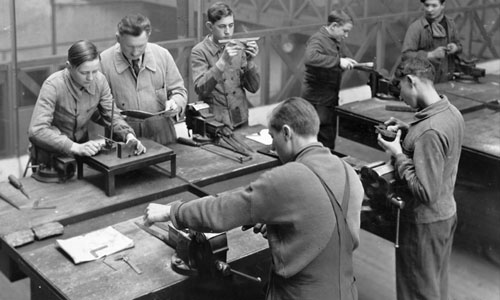
The human hand was the symbol of the Renault Quality Action campaign conducted between 1979 and 1982 which aimed to make all employees responsible for the quality of their daily tasks. Workshop stands were set up at certain plants to provide instruction and technical information for employees. Training for employees and supervisors included “movement quality” at Sandouville, “Operation Omega” at Douai for the launch of the R9 and courses for technical supervisors at Cléon.

For many years training remained based on traditional methods, with employees taught to perform tasks on the job or when a new product was introduced. Then in 2002, inspired by Nissan, Renault set up Dexterity Schools to teach operators to control their movements during assembly, in complete safety and in a restricted time frame. Operators learned to put the same movements into practice several times in a row on training benches.
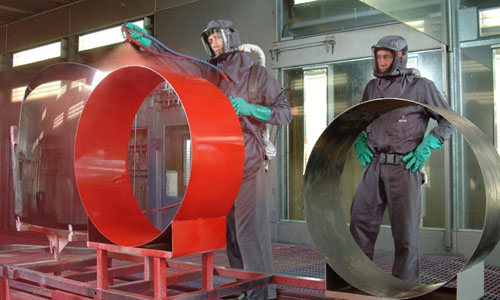
…and checking their quality
During the first half of the 20th century, quality was managed exclusively by inspectors who formed part of a rigorous Taylor-style work organisation system.
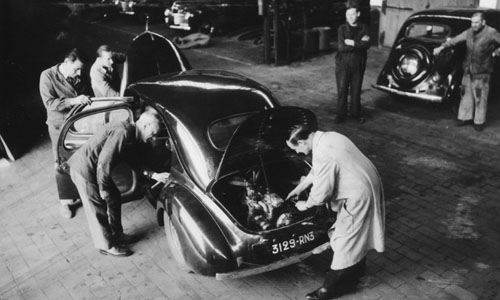
In 1984 Renault launched Operation Rainbow – a series of training and education courses – when the R25 went into production. The new methods introduced included the requirement for staff to stop the assembly procedure if they noticed systematic defects on cars or parts. “Zero-kilometre quality” took priority over the number of units produced, and management asked all employees to embrace this new way of thinking.
2004 saw the appearance of the “checkman” at the bodywork-assembly plants. In each basic work team, he was responsible for inspecting all the vehicles being assembled, following a check-list. He would note defects and organise retouching if needed. The checks were not merely visual inspections – the checkman also touched, shook and listened to parts of a vehicle, using tools where necessary.
View more

SAFETY: 5 EURO NCAP STARS AND BEST RATING IN ITS CATEGORY FOR THE ALL-NEW CLIO

The All-new Renault CLIO: the most comprehensive driving assistance on the market

